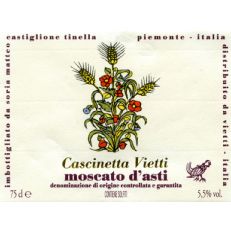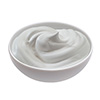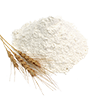Sign In Chef

By using our free meal planner (and the rest of spoonacular.com) you have to agree that you and only you are responsible for anything that happens to you because of something you have read on this site or have bought/cooked/eaten because of this site. After all, the only person who controls what you put in your mouth is you, right?
Spoonacular is a recipe search engine that sources recipes from across the web. We do our best to find recipes suitable for many diets — whether vegetarian, vegan, gluten free, dairy free, etc. — but we cannot guarantee that a recipe's ingredients are safe for your diet. Always read ingredient lists from the original source (follow the link from the "Instructions" field) in case an ingredient has been incorrectly extracted from the original source or has been labeled incorrectly in any way. Moreover, it is important that you always read the labels on every product you buy to see if the product could cause an allergic reaction or if it conflicts with your personal or religious beliefs. If you are still not sure after reading the label, contact the manufacturer.
We also attempt to estimate the cost and calculate the nutritional information for the recipes found on our site. Again, we cannot guarantee the accuracy of this information. Additionally, our nutrition visualizer that suggests that you limit sodium, sugar, etc., and get enough protein, vitamins, and minerals is not intended as medical advice. Similarly, our health tips are based on articles we have read from various sources across the web, and are not based on any medical training. The team behind spoonacular does not possess any medical qualifications and the information may be found to be incorrect or out of date based on future research. If you need help planning your diet or determining which foods (and recipes) are safe for you, contact a registered dietitian, allergist, or another medical professional.
Spoonacular is not responsible for any adverse effects or damages that occur because of your use of the website or any information it provides (e.g. after cooking/consuming a recipe on spoonacular.com or on any of the sites we link to, after reading information from articles or shared via social media, etc.)
×$0.41 per serving

47 likes

Ready in 45 minutes

Spoonacular Score: 57%
You can never have too many Indian recipes, so give Garlic-Butter Naan a try. One serving contains 462 calories, 10g of protein, and 22g of fat. For 41 cents per serving, you get a hor d'oeuvre that serves 4. 47 people were glad they tried this recipe. Head to the store and pick up garlic, salt, canolan oil, and a few other things to make it today. From preparation to the plate, this recipe takes around 45 minutes. It is a good option if you're following a lacto ovo vegetarian diet. It is brought to you by Foodista. Overall, this recipe earns a solid spoonacular score of 52%. garlic naan , how to make garlic naan on stove top and oven, garlic naan , how to make garlic naan on stove top and oven, and garlic naan , how to make garlic naan on stove top and oven are very similar to this recipe.
Fingerfood works really well with Sparkling Wine and Sparkling rosé. If you're serving a selection of appetizers, you can't go wrong with these. Both are very food friendly and complement a variety of flavors. One wine you could try is Vietti Cascinetta Moscato d'Asti. It has 4.7 out of 5 stars and a bottle costs about 18 dollars.
 Pale sunshine yellow color and slight frizzante, this Moscato d'Asti has intense aromas of peaches, rose petals and ginger. On the palate it is delicately sweet and sparkling with modest acidity, good balance, good complexity and a finish of fresh apricots.
Wonderful as an aperitif, perfect accompaniment to Pan-Asian cuisine and lobster as well as pastry, fruit based and creamy desserts and blue cheeses.
Pale sunshine yellow color and slight frizzante, this Moscato d'Asti has intense aromas of peaches, rose petals and ginger. On the palate it is delicately sweet and sparkling with modest acidity, good balance, good complexity and a finish of fresh apricots.
Wonderful as an aperitif, perfect accompaniment to Pan-Asian cuisine and lobster as well as pastry, fruit based and creamy desserts and blue cheeses.
» Get this wine on Wine.com


































Read the detailed instructions on Foodista.com – The Cooking Encyclopedia Everyone Can Edit